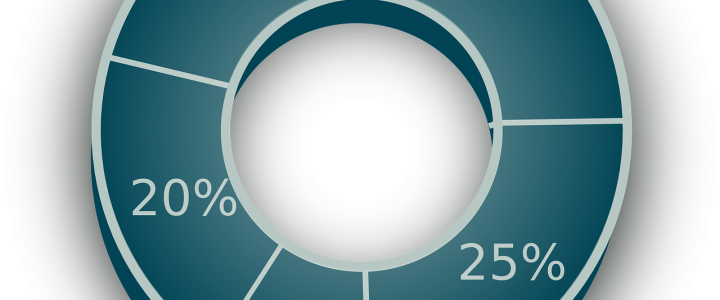It’s that time of the year again. Whether it’s in person or virtually, the holidays are an opportunity for more conversations with loved ones. This year, let’s strive to put some positivity into our conversations. There is a lot to gripe about, but there’s more to look forward to. And the more we talk, the better we plan, prepare, and progress. Discussing your financial strategies with loved ones can help reinforce them or pivot according to new circumstances. And I’m ready to hear you! Knowing what may have changed this year will help us become more successful in pursuing your financial goals.
One topic that is front of mind is how to diversify your portfolio. One way to help investors reach long-term financial goals is through an investment technique known as diversification. Diversification basically means spreading out your invested money across different investments types, industries, countries, etc. Diversification can smooth out volatility of your portfolio and potentially lead to stronger returns over the long term. Helping you take advantage of the benefits of diversification is a central part of my job as your advisor.
One guiding factor behind diversification is that not all investment categories perform well at the same time. As some are increasing in value, others may be decreasing. Market volatility is the movement of investment categories going up and down.
Maintaining a well-balanced portfolio
As your advisor, I help maximize returns and reduce the risks associated with market volatility. Essentially, your portfolio represents a collection of different investments that work in harmony to help you reach your goals. One way you can achieve portfolio diversification is to divide your investments among the major asset classes. Such classes include equities, fixed income and cash.
Asset classes – A range of risks and rewards
Each asset class comes with varying degrees of risk and return characteristics. Typically, each class performs differently in certain market environments. Here’s a quick summary of each.
- Equities (e.g., stocks)
Equities refer to buying stocks or shares of a business, making you a part owner. This means the investor is subject to stock appreciation when the company outperforms. But also subject to the risks of declining stock value if companies underperform. - Fixed income (e.g., bonds, Treasury bills)
Fixed income investors lend capital in exchange for interest. Considered as creditors, bondholders often have a priority claim in case of company bankruptcy. This makes the investments less risky. Fixed income typically provides income at regular intervals. - Cash (e.g., money market funds, bank accounts)
Cash investments provide low returns versus other asset classes, in the form of interest payments. These investments typically come with very low levels of risk.
Investment funds – One-stop diversification
I can also help achieve diversification through the use of investment funds; namely, mutual funds and exchange-traded funds (ETFs). These investment vehicles represent convenient and affordable ways to access a wide range of investments.
- Mutual funds – These are made up of a pool of assets from many investors. Mutual funds are managed by a portfolio manager. The portfolio manager actively seeks to produce greater returns than a specific market benchmark, such as the S&P 500 Index. With the large scale of a mutual fund, you benefit from professional management and can get strong diversification by gaining access to investments that would normally be inaccessible or too expensive for most individuals.
- ETFs – These are funds that track and seek to replicate the performance of select market indexes. ETFs represent a basket of securities based on the underlying index. This allows investors to gain broad diversification across entire markets, industries, regions or asset classes. ETFs are known to incur fewer administrative costs, therefore charging lower fees to investors.
Please feel free to contact me if you have questions on the terms discussed in this article, or on how your investment portfolio is diversified.
This website is for informational purposes only and is not intended to be specific advice or recommendations. For specific advice or recommendations you would need to meet directly with one of our advisers.



